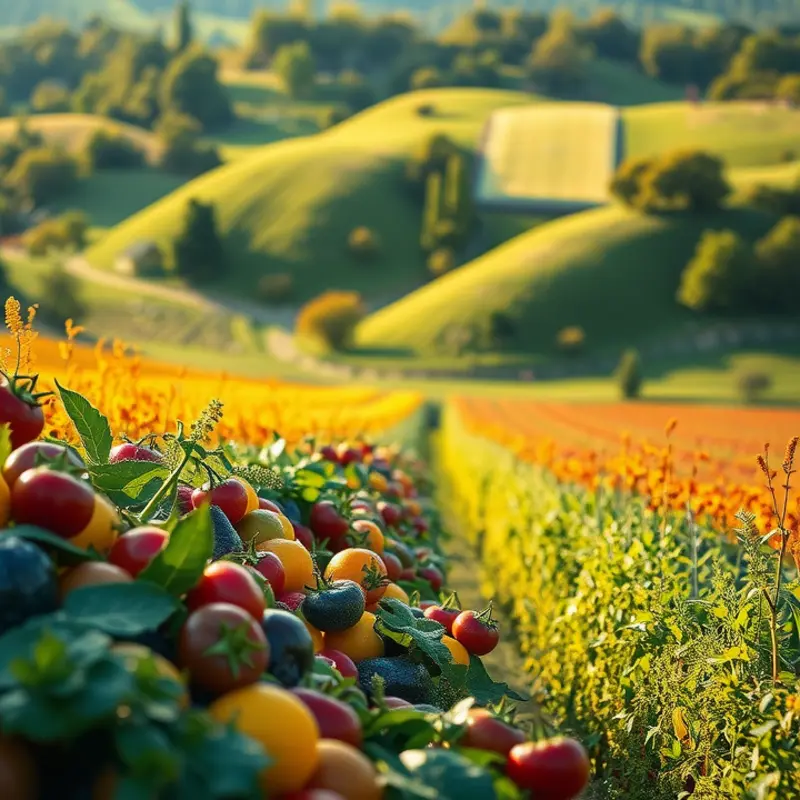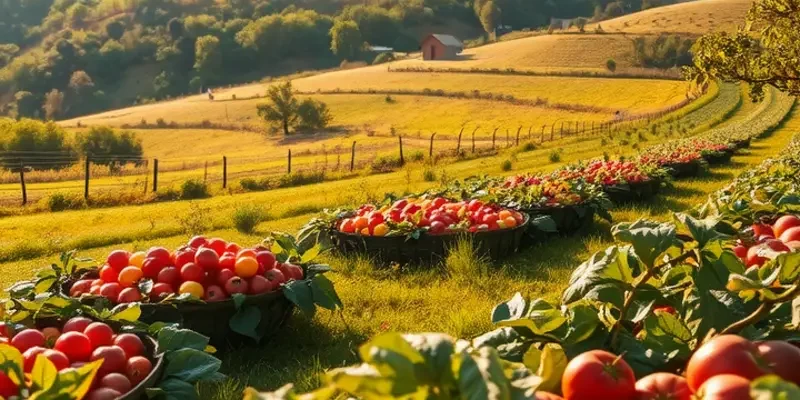Broiling is a powerful cooking method that can yield delicious and healthy meals with minimal effort. This high-heat technique works wonders for meats, vegetables, and even fruits, allowing you to achieve a wonderfully caramelized exterior while locking in flavors. Whether you’re a novice cook or a seasoned chef, understanding the nuances of broiling will elevate your culinary repertoire. Here, you’ll find practical tips and straightforward guidance to help you make the most of your broiler and impress your family and friends with perfectly broiled dishes.
Understanding the Broiling Process

Broiling is an elegant technique that combines simplicity with the science of heat. At its core, broiling involves cooking food with high, direct heat from above, similar to grilling but inverted. The intense heat comes from a broiler element located at the top of the oven. This allows for rapid cooking and has the unique ability to create a beautifully browned surface on food, boosting flavor through caramelization and Maillard reactions.
Temperature Settings and Food Placement
The first critical step to mastering broiling is understanding temperature settings and food placement. Most ovens with a broiling function offer different heat intensities—often labeled as high, medium, and low. Choosing the correct setting is vital and generally correlates with the thickness and type of food being broiled. Delicate cuts of fish or thin vegetables may require lower settings to avoid burning, while robust proteins like steaks benefit from high heat.
Positioning the oven rack is equally crucial. You want the food just far enough from the heating element to achieve thorough cooking without incineration. Generally, a distance of about 4-6 inches is suitable for most items. However, broth foods requiring a crusty top might need to get closer. Practicing restraint and checking frequently can prevent overcooking.
Ideal Foods for Broiling
Broiling brings out the best in lean meats—think chicken breasts and lean beef cuts—along with seafood like salmon or shrimp, which cook swiftly under direct heat. Vegetables, including bell peppers, zucchini, and asparagus, are also excellent choices, their natural sugars caramelizing to enhance flavor. For those seeking vegetarian options, tofu and tempeh can develop a crispy exterior under the broiler.
Essential Equipment
Having the right tools can significantly impact your broiling success. A robust broiler pan or a cast-iron skillet will survive the high temperatures required and ensure even heat distribution. Using a thermometer specifically for meat ensures precise cooking, allowing verification that dishes reach their optimal internal temperature without guesswork.
Achieving Perfect Caramelization
To unlock the flavors of perfect caramelization, moisture control is essential. Start by thoroughly patting dry any proteins or vegetables. Excess moisture can cause steaming, which prevents the desired browning from occurring. Applying a light coating of oil can enhance the browning process and result in a flavorful crust on any surface.
Common Mistakes to Avoid
Several pitfalls can hamper the broiling process. One dangerous mistake is leaving the oven unattended while broiling—this method cooks rapidly, and even a few moments could lead to burning. Equally, crowding the broiler pan might result in uneven cooking, as the heat cannot circulate appropriately around each piece. For eco-conscious cooks, minimizing waste through precise portion planning can be explored further in low waste cooking prep.
Broiling, when mastered, can transform simple ingredients into extraordinary dishes. By understanding its intricacies, selecting suitable foods, and avoiding common errors, you’ll be well on your way to consistently achieving restaurant-quality meals at home.
Practical Tips for Perfect Broiling

Transforming your broiling skills from good to great involves mastering several practical techniques. Begin by ensuring your food is prepped correctly. For a successful broil, ingredients must be dry. Pat your proteins with paper towels to remove moisture, which helps achieve a desirable crust. For vegetables, toss them lightly in oil but avoid excess, as this can lead to smoke.
Next, align your broiling settings to the specific needs of your ingredients. Different foods require varying distances from the heat source. For thicker cuts of meat, position the rack lower to prevent over-browning before cooking through. Conversely, for thinner items or achieving a quick char, place them closer to the broiler.
Timing is crucial in broiling. Pay attention to cooking durations, which are typically shorter than other methods. For instance, broiling chicken breasts might take 6-8 minutes per side, while fish fillets may need only 4-5 minutes. It’s essential to stay vigilant to prevent burning, as the high heat makes timings quite sensitive.
Creative broiling is another avenue to expand your culinary repertoire. Use seasonal produce to diversify your meals. Broil asparagus in spring or roast squash during autumn, enhancing flavors with minimal effort. You can also experiment with global cuisine. Broil teriyaki-glazed salmon for an Asian-inspired dish, or char eggplant for a Mediterranean side.
Once you’ve mastered these techniques, maintaining your broiler becomes essential for consistent results. Regular cleaning prevents the buildup of grease and food particles, which can affect performance and flavor. Wait for the appliance to cool before wiping it down with a damp cloth and mild detergent.
For those looking to add variety without the use of excessive salt, consider checking out some flavor boosters without salt. Exploring different spices or citrus infusions can elevate your broiled dishes naturally.
Incorporating broiling into your routine with these tips will make each meal an opportunity to enjoy succulent, evenly cooked dishes with a delightful char. Whether you’re cooking a simple weekday dinner or a special weekend meal, the art of broiling will never fail to impress.
Final words
Broiling is an accessible technique that can elevate your dishes without requiring advanced culinary skills. With an understanding of how broiling works and practical tips in mind, home cooks at any level can create deliciously grilled flavors in their meals. Remember to experiment with different ingredients and cooking times, and don’t hesitate to embrace the versatility of broiling as a method. The next time you want a quick and tasty meal, let your broiler work its magic. Happy cooking!







